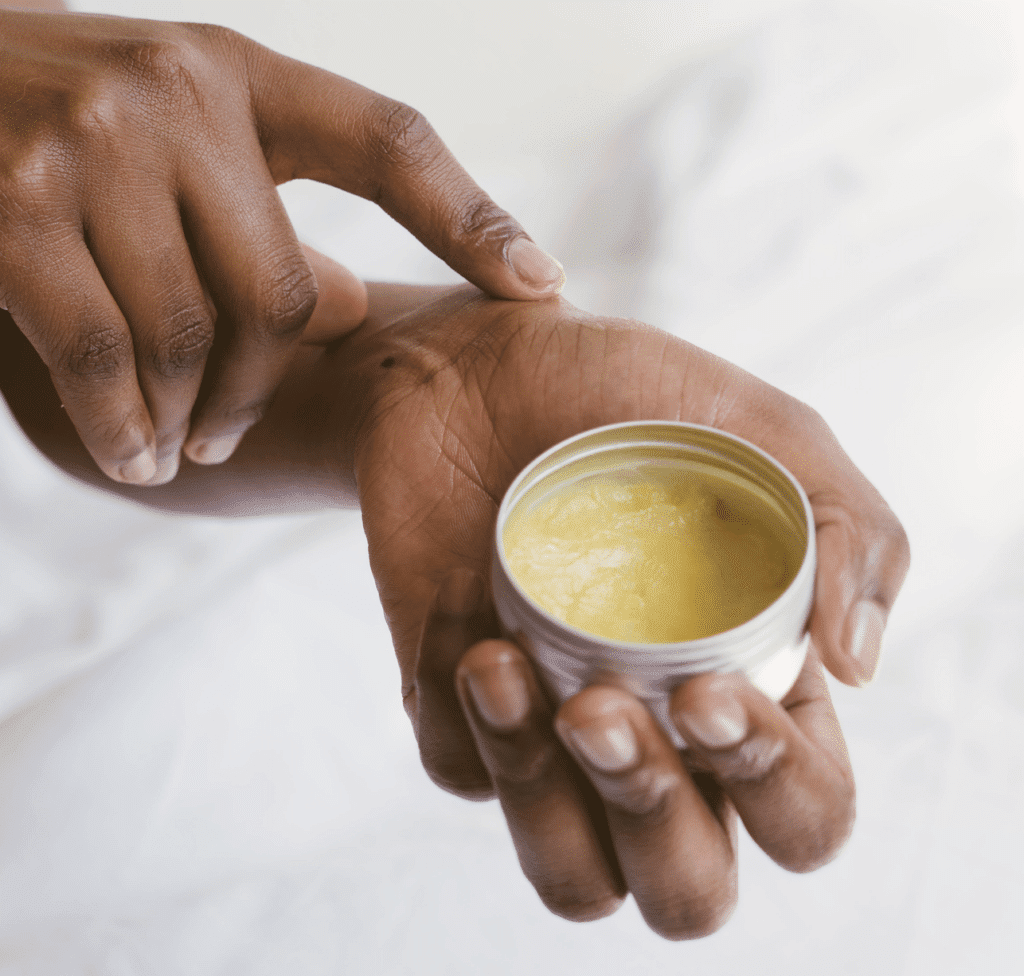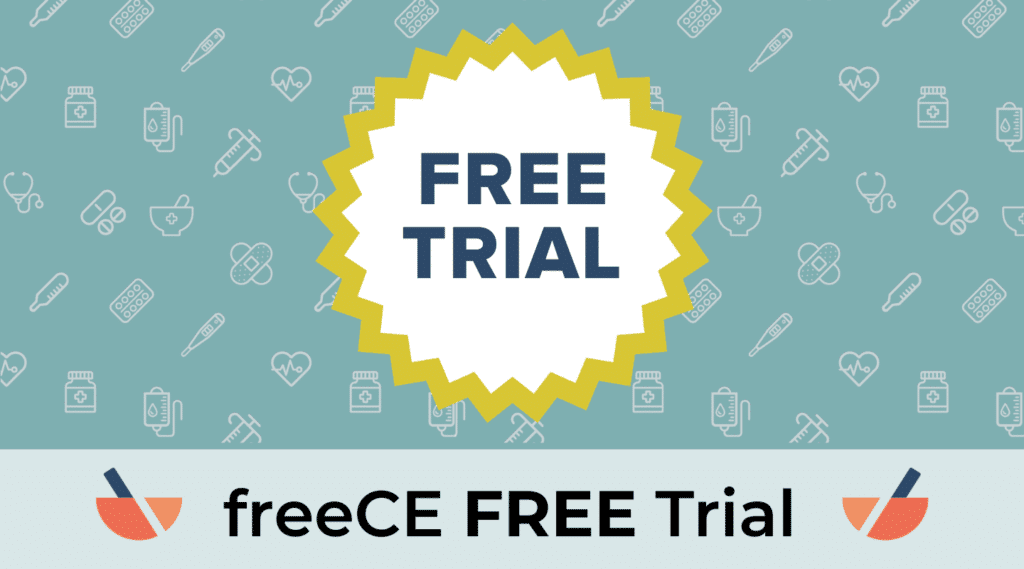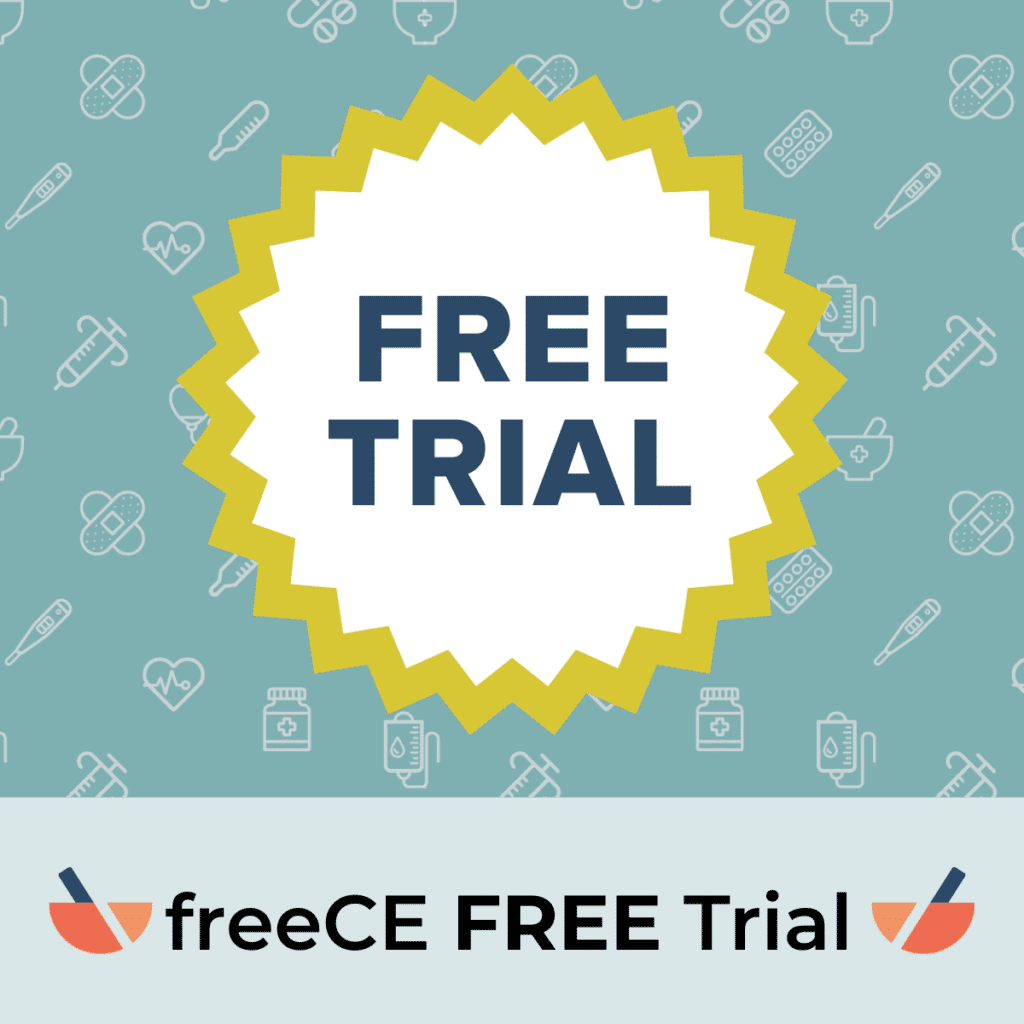As a Scoutmaster in Central Pennsylvania, I would look for poison ivy on our hikes. Now that I live in Northern West Virginia, poison ivy is EVERYWHERE. It quickly grows in our gardens, flowerbeds and along any hedgerows. A lot of patients get exposed to this nasty weed, and we frequently get consultations for poison ivy rash.
Diphenhydramine and other antihistamines, which we frequently recommend for hives and wheals has NO PLACE in poison ivy therapy. This reaction is due to T-cell mediation causing a delayed hypersensitivity reaction, and not due to histamine. Topical antihistamines are even more worthless. Domeboro is my only recommendation, or referral to a doctor.
Now for the good news from the Anacardiaceae family: This family also includes cashews, pistachios and mangos!
Poison Ivy—The basics
The Toxicodendron (“means poisonous tree”) genus of plants causes more contact dermatitis than all other causes combined. Ten to fifty million Americans develop allergic contact dermatitis to a Toxicodendron annually. In one study 10% of all occupational injuries among seasonal farm, workers in PA and NY were due to poison ivy contact. The genus/species names are as follows:
- common or northern poison ivy (Toxicodendron radicans)
- western poison ivy (Toxicodendron rydbergii)
- eastern poison oak (Toxicodendron toxicarium)
- western poison oak (Toxicodendron diversilobum)
- poison sumac (Toxicodendron vernix)
Irrespective of the species, the treatment protocols for Poison Ivy (Toxicodendron) exposure remain consistent. Allergic Contact Dermatitis (ACD) associated with Poison Ivy has two distinct phases, with approximately 85% of individuals experiencing a reaction to the plant. The first phase involves sensitization, during which a specific hypersensitivity to the allergen is acquired. Subsequently, in the elicitation phase, a visible dermatological response occurs.
Identification of Poison Ivy
Poison ivy is typically recognized as a hairy, ropelike vine featuring three shiny green (or red in the fall) leaves budding from one small stem. A common saying to identify it is, “Leaves of three, let them be!” and “Hairy vine, no friend of mine.” It may produce yellow or green flowers and white to green-yellow or amber berries. Poison sumac, on the other hand, can be more challenging to identify, often forming leaflets of five, seven, or more that angle upward toward the top of the stem. It presents as a woody shrub with stems containing 7-13 leaves arranged in pairs.
Here’s what happens
Urushiol, an oleoresin or lacquer, oozes from the broken leaves and stems, leading to the characteristic black dots, which are oxidized urushiol due to the enzyme laccase present in the oleoresin. The transmission of urushiol can occur through direct contact with the plant or indirectly from items like pets, tools, gloves, shoes, and clothing. Decontaminating fabrics can be achieved by washing clothes in regular laundry detergent. Notably, burning poison ivy should never be attempted as it vaporizes the oil, posing a risk of lung damage. It’s important to understand that the wheals and blisters of poison ivy contain serum, not urushiol. While poison ivy rashes and those from other poison plants cannot spread from person to person, one can acquire the rash from plant oil that adheres to clothing, pets, garden tools, and other items in contact with these plants.
When contacted
When a patient is exposed to a poisonous plant, such as poison ivy, oak, or sumac, immediate action is crucial:
- Rinse the skin promptly with rubbing alcohol, poison plant wash, or degreasing soap (like dishwashing soap) or detergent, using plenty of water. Professor Pete employs a half bar of Fels Naphtha soap (old-fashioned washboard soap) enclosed in a nylon stocking, a convenient and never-soggy solution he carries backpacking or ties to his canoe seat.
- Rinse the affected area frequently to prevent the wash solutions from drying on the skin, potentially spreading the urushiol.
- Thoroughly scrub under the nails with a brush.
- Launder exposed clothing separately in hot water with detergent.
- Clean tools after use with rubbing alcohol or soap and abundant water. It’s essential to note that urushiol can remain active on object surfaces for up to 5 years, and disposable gloves should be worn during this process.
Treatment of Poison Ivy:
Refer to a prescriber when
Seeking medical attention is crucial in specific scenarios related to poison ivy exposure. It is advised when the contamination affects over 25% of the body surface area or if there are signs of infection. Additionally, medical intervention is warranted for limited but disabling involvement, especially in sensitive areas like the hands, face, around the mouth or eyes, or genital regions. Patients with a history of severe reactions should also seek prompt medical care to ensure appropriate management and prevent potential complications.
Treatment of poison ivy
Extended treatment duration is essential when dealing with poison ivy exposure. A common scenario pharmacists see is where patients return a few days after completing a methylprednisolone dosepak, experiencing what they believe to be a new bout of poison ivy. In reality, these are rebound symptoms from the original case, highlighting the inadequacy of a six-day treatment pack. For effective oral prednisone therapy, a dosage of 0.5 to 2mg/kg/day tapered over a 14 to 21-day period is recommended, typically starting at 60mg per day and gradually tapering down. This extended regimen reduces the likelihood of rebound dermatitis.
Topical treatments like oatmeal baths and calamine may offer some relief but are generally of limited value. Hydrocortisone 1% over-the-counter is only useful in mild cases. It’s crucial to avoid topical antihistamines, anesthetics, antibiotics, and poison ivy extracts. Burow’s solution, available over the counter, can be applied as a wet dressing to alleviate itching. Topical prescription corticosteroids are most effective in the early stages before blisters form. Notably, oral antihistamines are ineffective against urushiol reactions, as the response is a contact dermatitis rather than an allergic reaction mediated by histamine.
Have a great day on the bench!!
References:
Kim Y, Flamm A, ElSohly MA, et al. Poison Ivy, Oak, and Sumac Dermatitis: What Is Known and What Is New?. Dermatitis. 2019;30(3):183-190. doi:10.1097/DER.0000000000000472
Guin JD. The black spot test for recognizing poison ivy and related species. J Am Acad Dermatol. 1980;2(4):332-333. doi:10.1016/s0190-9622(80)80047-8
Butt M, Flamm A, Marks JG, Flamm A. Poison Ivy Dermatitis Treatment Patterns and Utilization: A Retrospective Claims-based Analysis. West J Emerg Med. 2022;23(4):481-488. Published 2022 Jun 30. doi:10.5811/westjem.2022.March.55516
Garner LA. Poison ivy, oak, and sumac dermatitis identification, treatment, and prevention. Phys Sportsmed. 1999;27(5):33-43. doi:10.3810/psm.1999.05.833






